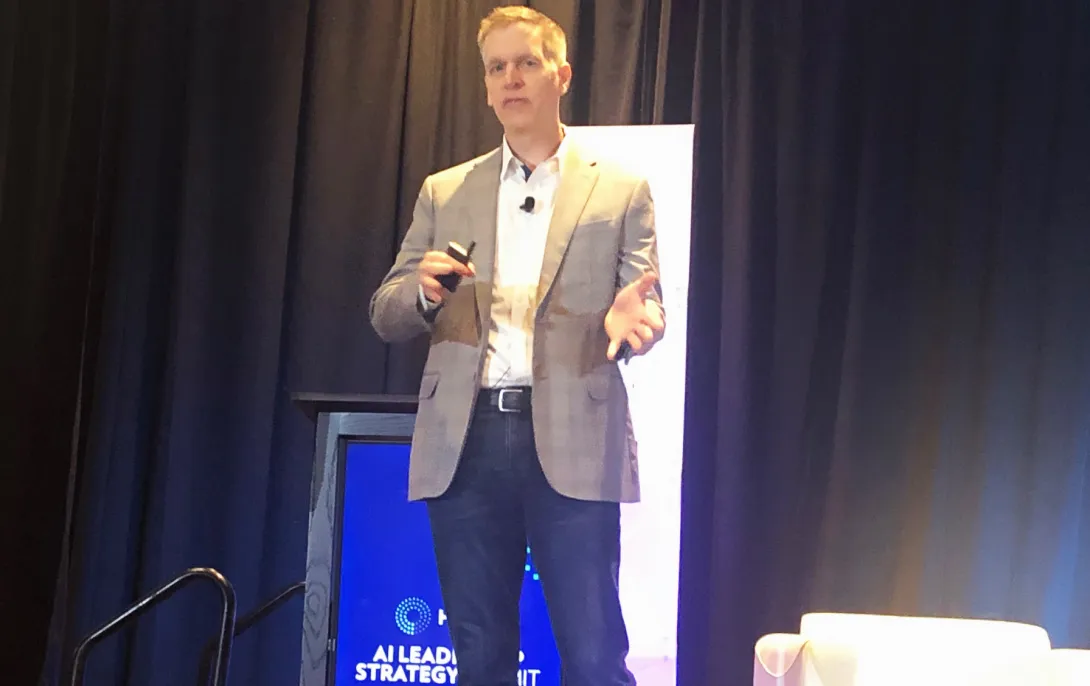
Photo: nay/Getty Image
In 2024, almost 70% of all U.S. hospitals were using predictive artificial intelligence, the Assistant Secretary for Technology Policy/Office of the National Coordinator for Health IT revealed in its latest trends report.
While most health system-affiliated hospitals – 86% – used predictive artificial intelligence last year, independent facilities lagged behind those connected to health systems, with just 37% adopting the technology, suggesting a digital divide in the realm of AI, the ASTP/ONC found.
The agency's data also showed more hospitals are using third-party and self-developed AI for several use cases, with a marked slowdown in the adoption of electronic health record-developed AI for the same purposes.
WHY IT MATTERS
ASTP/ONC said the fastest growing uses of predictive AI in hospitals from 2023 to 2024 were automating billing, improving scheduling and identifying high-risk outpatients, according to the report, Hospital Trends in the Use, Evaluation, and Governance of Predictive AI.
AI for automated billing increased from 36% to 61%, and the use of AI for scheduling rose from 51% to 67% in one year.
By contrast, ASTP/ONC said the percentage of hospitals using AI for treatment recommendations essentially plateaued with only a 2% increase nationwide, and use for predicting health trajectories and inpatient risks remained unchanged.
"This parallels the increasing use of generative AI to address administrative processes, reduce burden on staff and lower operational costs, suggesting spillover effects," ASTP/ONC said.
Last year, 71% of non-federal acute care hospitals reported using predictive AI technology integrated into their EHRs, up from 66% in 2023. This year, 52% of hospitals reported tapping third-party AI software for some uses, while half said they had developed their own AI tools.
"Hospitals using third-party or self-developed AI had a higher rate of use for billing automation (73%) compared to those using EHR-sourced AI (58%)," ASTP/ONC said.
For identifying high-risk outpatients, the use of third-party or self-developed AI also grew substantially – 51% – over EHR-developed AI, which showed a decrease in use of 3%.
By contrast, EHR-sourced AI showed greater growth for scheduling, with an increase of 19% compared to third-party or self-developed AI at 6%.
Overall, lower-resourced hospitals are being left behind in the healthcare AI revolution, according to the agency's data.
"Despite overall increases in uptake between 2023 and 2024, adoption rates were lower among hospitals that are small, rural, independent, government-owned, critical access and those not using the market-leading EHR vendor compared to their counterparts," ASTP/ONC said. "This early evidence suggests a persistent digital divide in hospitals’ adoption and use of predictive AI."
THE LARGER TREND
About 20% of healthcare workers recently polled reported spending more than 20 hours each month correcting billing mistakes. While AI could reduce billing errors, adding automation to healthcare billing systems has been a technical challenge.
Though 45% of Americans received an unexpected medical bill in 2024, AI could help reduce the number of patients surprised by charges, according to Kyle Ryan, chief product and technology officer at Tebra, a health IT vendor.
"Integrating billing transparency tools directly into clinical workflows – such as EHR platforms – would allow patients to receive real-time cost estimates at the point of care," Ryan told Healthcare IT News in April.
"One of the biggest challenges organizations face is ensuring that AI systems can integrate cleanly with their existing EHR and billing platforms," he said. "Clean, standardized data is something often lacking due to inconsistent coding or incomplete patient records."
ON THE RECORD
"It is worth noting that the large changes we see in the use of third-party and self-developed AI are driven, in part, by system-level uptake of AI for specific use cases," ASTP/ONC said in the report.


